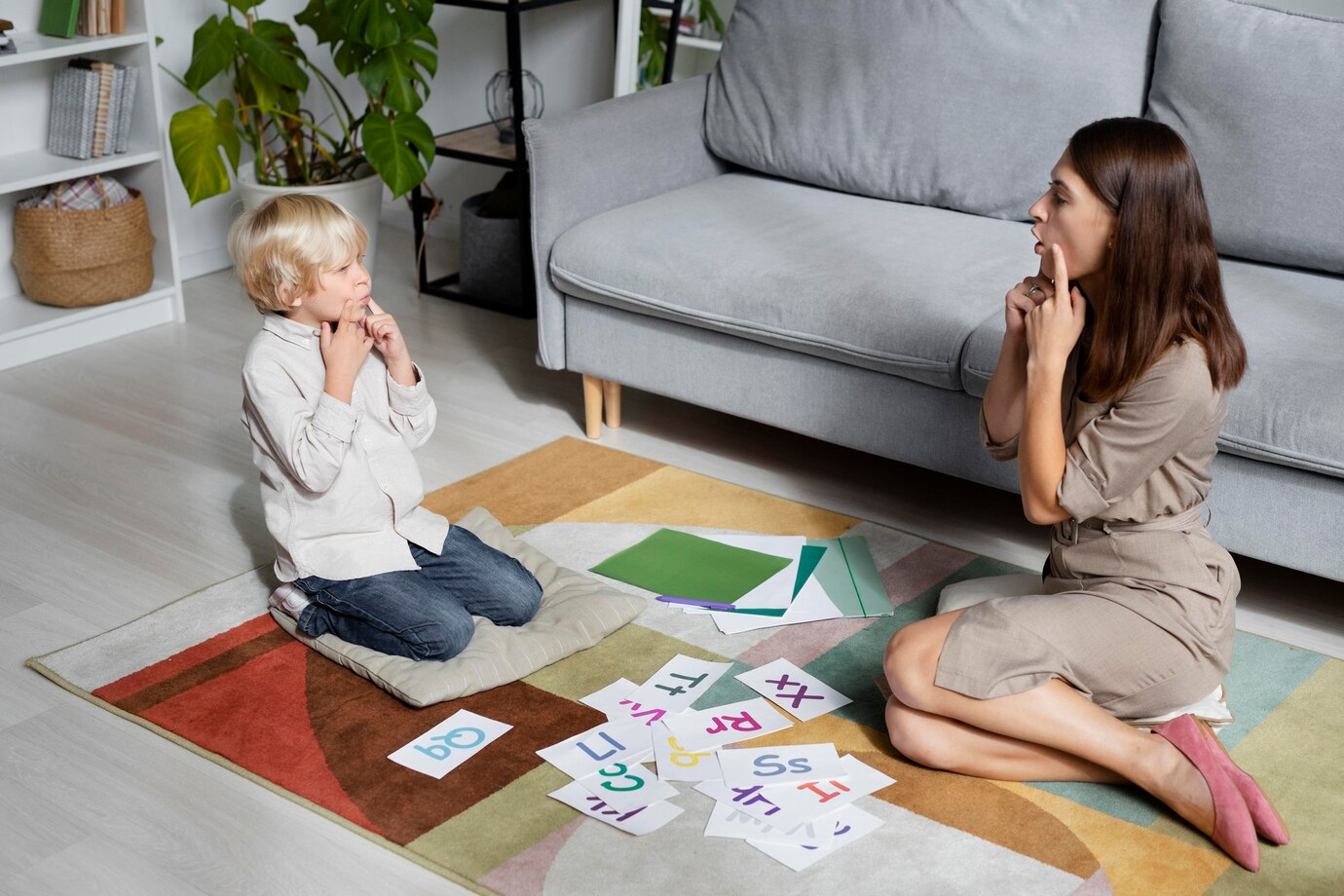Dyspraxia

Dyspraxia, also known as Developmental Coordination Disorder (DCD), is a neurological condition that affects movement, coordination, and motor skills. It impacts an individual’s ability to perform everyday tasks that require fine and gross motor control, such as handwriting, balance, and spatial awareness. People with dyspraxia may also experience difficulties with organisation, time management, and social interactions.
Although it does not affect intelligence, it can influence learning and daily activities. With early intervention, occupational therapy, and practical strategies, individuals with dyspraxia can improve coordination and build confidence in their abilities.

Signs in Early Childhood/Early Years Schooling
Delayed Milestones
Late to crawl, walk, sit, or speak compared to peers.
Clumsiness
Frequently trips, bumps into things, or falls more than other kids.
Struggles with Fine Motor Skills
Difficulty holding a pencil,
using scissors, or buttoning clothes.
Messy Eating
Trouble using utensils, spills often, or avoids certain textures.
Difficulty Imitating Movements
Struggles to copy actions, like clapping hands or simple dances.
Signs in School-Aged Children
Poor Handwriting
Writing may be slow, messy, or hard to read.
Challenges in Sports
Difficulty catching, throwing, or kicking a ball; avoids physical activities.
Trouble with Sequences
Finds it hard to remember or perform steps in order, like tying shoes.
Slow to Learn Self-Care
Takes longer to dress, brush teeth, or pack a school bag independently.
Easily Tired
Physical tasks seem to wear them out faster than peers.


Signs in School-Aged Children
Poor Handwriting
Writing may be slow, messy, or hard to read.
Challenges in Sports
Difficulty catching, throwing, or kicking a ball; avoids physical activities.
Trouble with Sequences
Finds it hard to remember or perform steps in order, like tying shoes.
Slow to Learn Self-Care
Takes longer to dress, brush teeth, or pack a school bag independently.
Easily Tired
Physical tasks seem to wear them out faster than peers.

Signs in Everyday Activities
Avoids Physical Tasks
Prefers quiet, sedentary activities over anything requiring coordination.
Difficulty with Spatial Awareness
May seem unaware of how close they are to objects or people.
Struggles with Organisation
Loses items frequently or has trouble planning tasks.
Sensitive to Noise and Crowds
May feel overwhelmed in busy environments.
Low Confidence
Avoids trying new things for fear of failure or frustration.

How It Can Look in Girls
Less Obvious Clumsiness
Girls may be less active in sports, so coordination issues might go unnoticed.
Focus on Creativity
Girls may lean into non-physical activities like drawing or reading to compensate.
Emotional Sensitivity
More likely to feel anxious or upset about struggles with tasks like dressing or writing.

